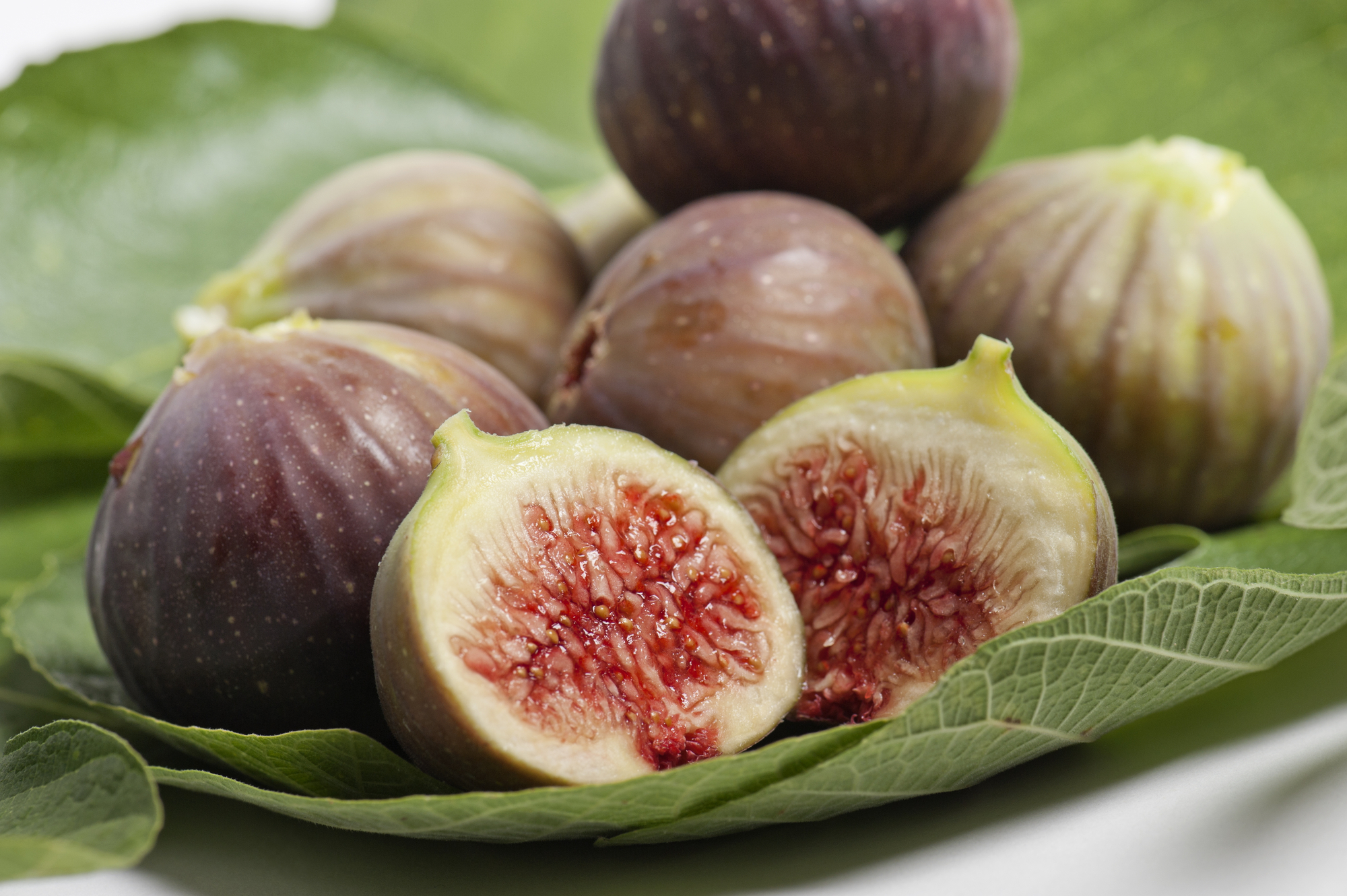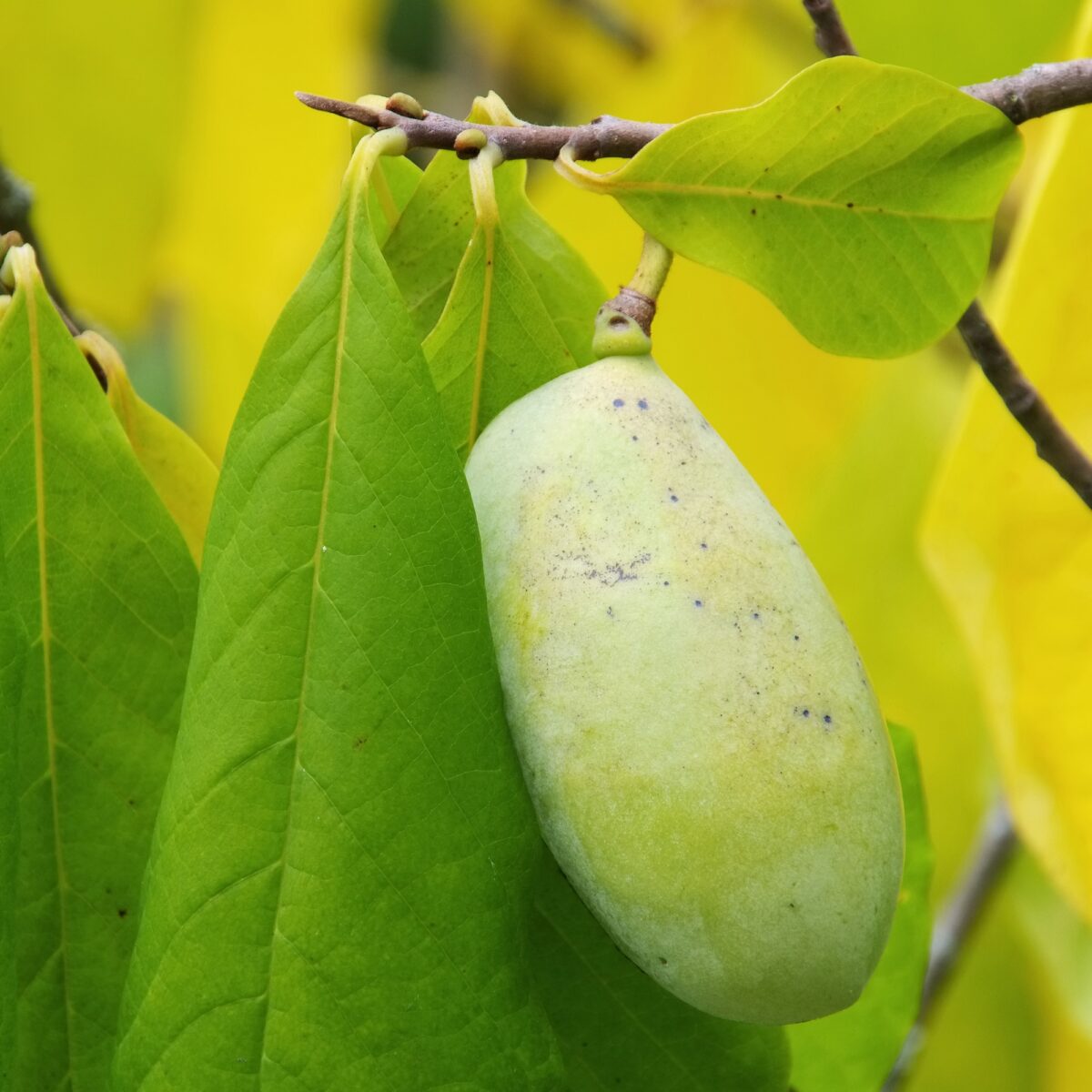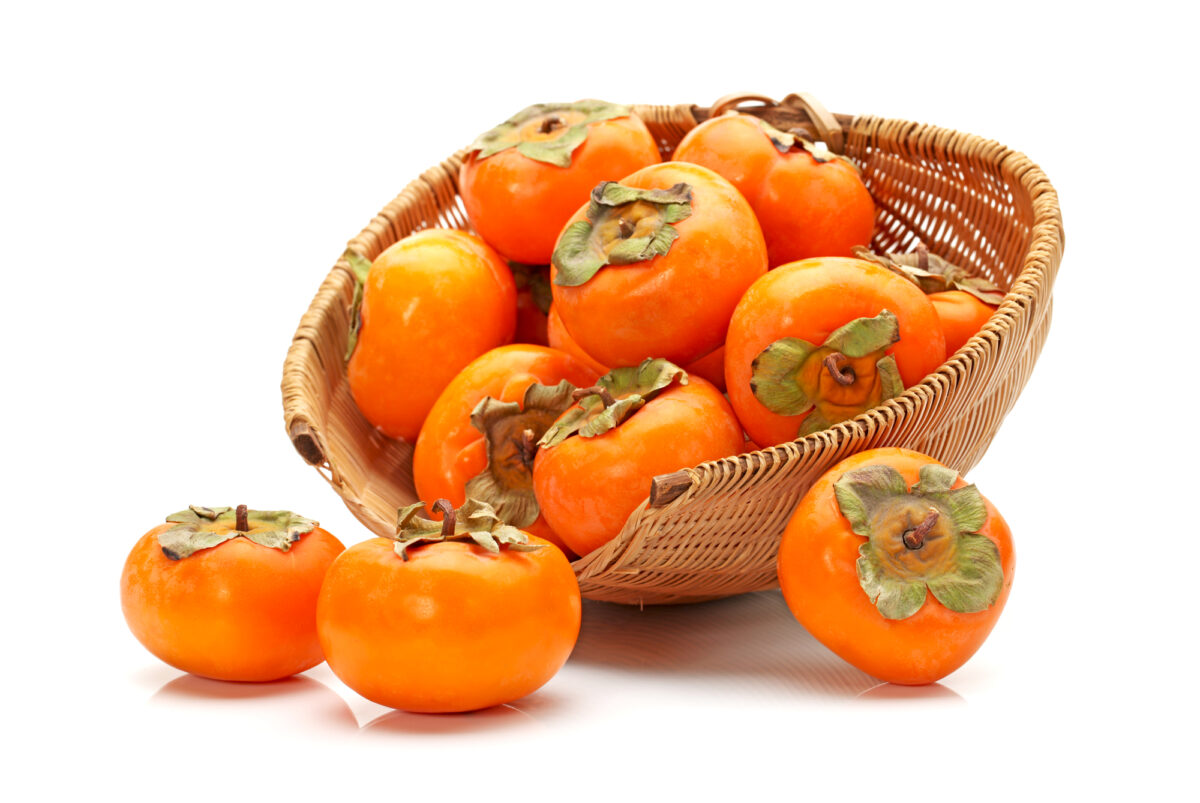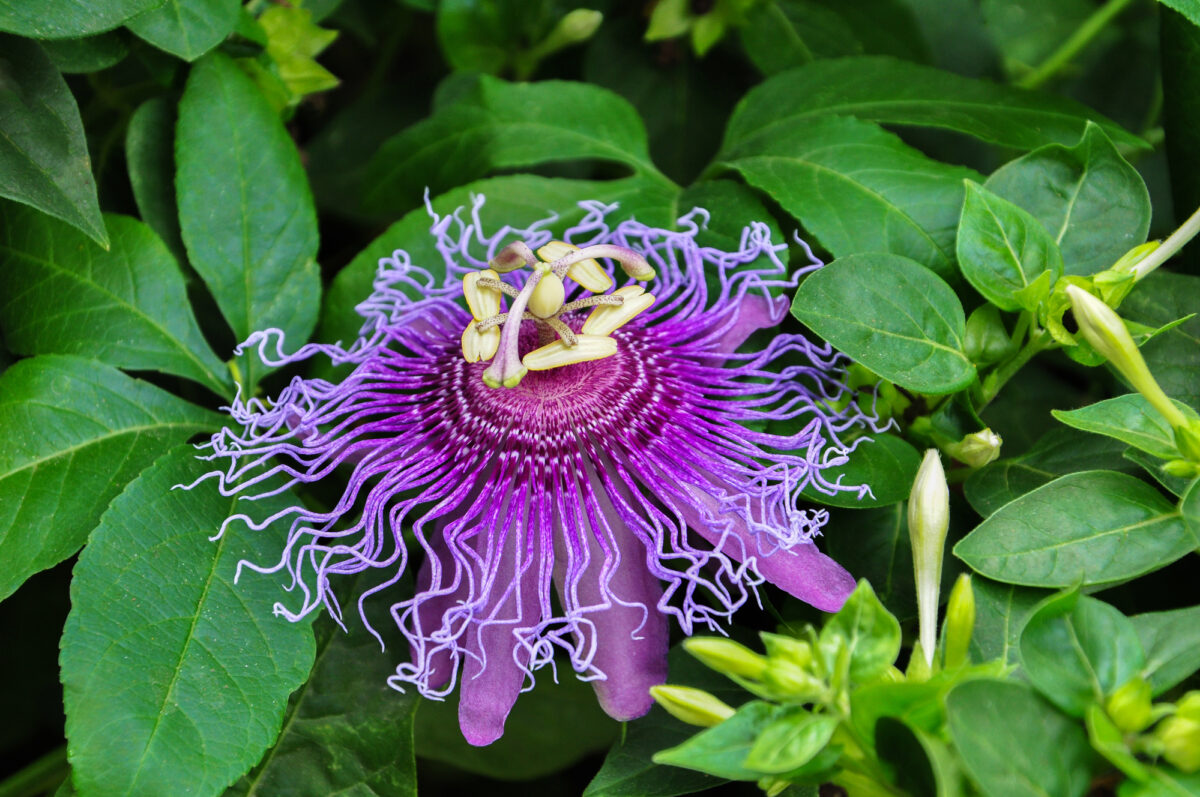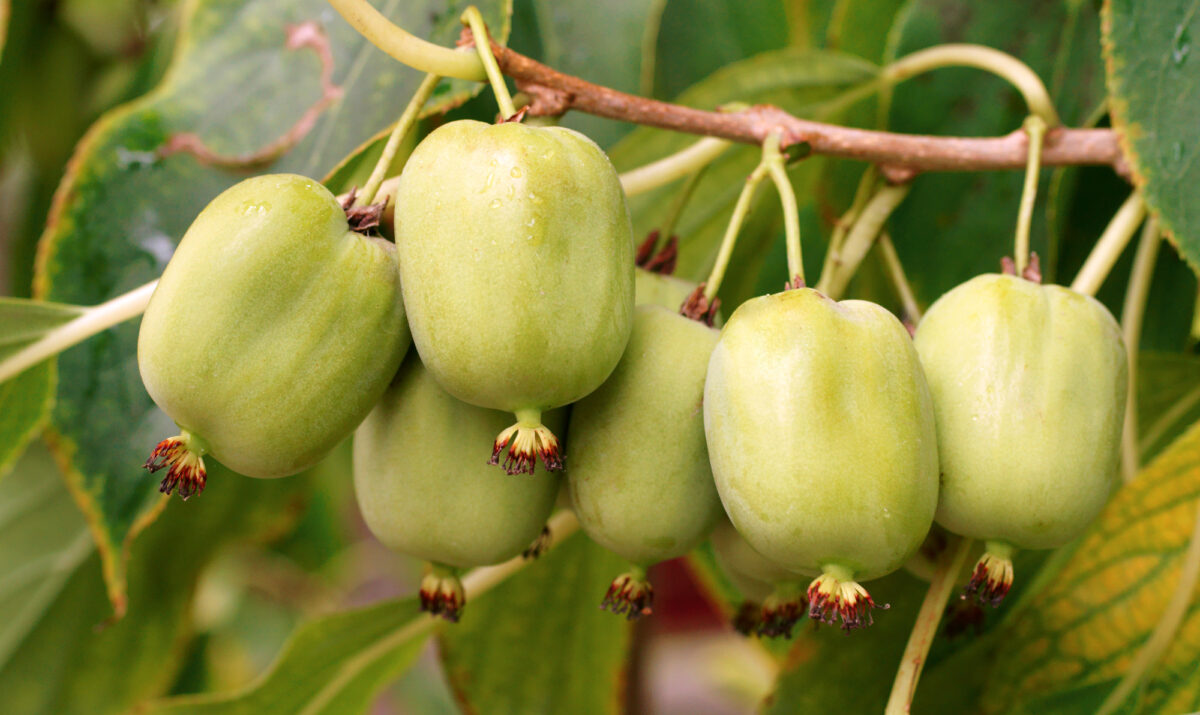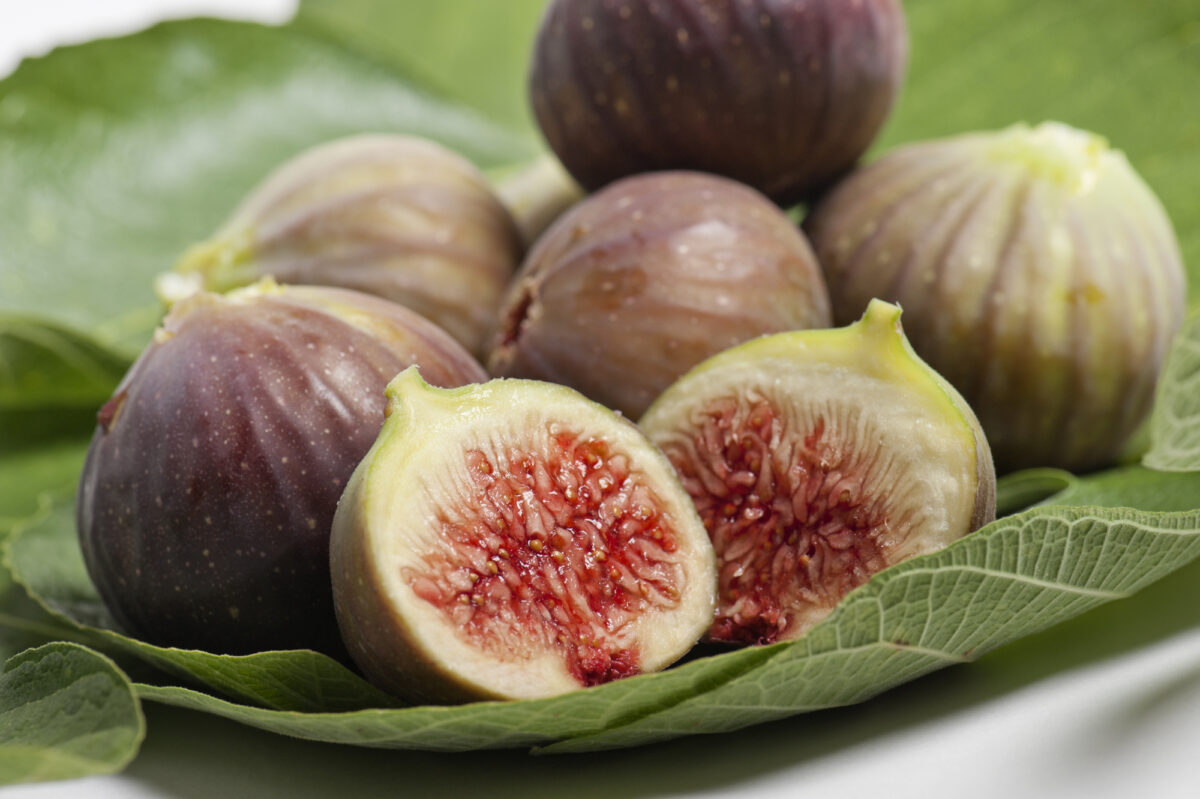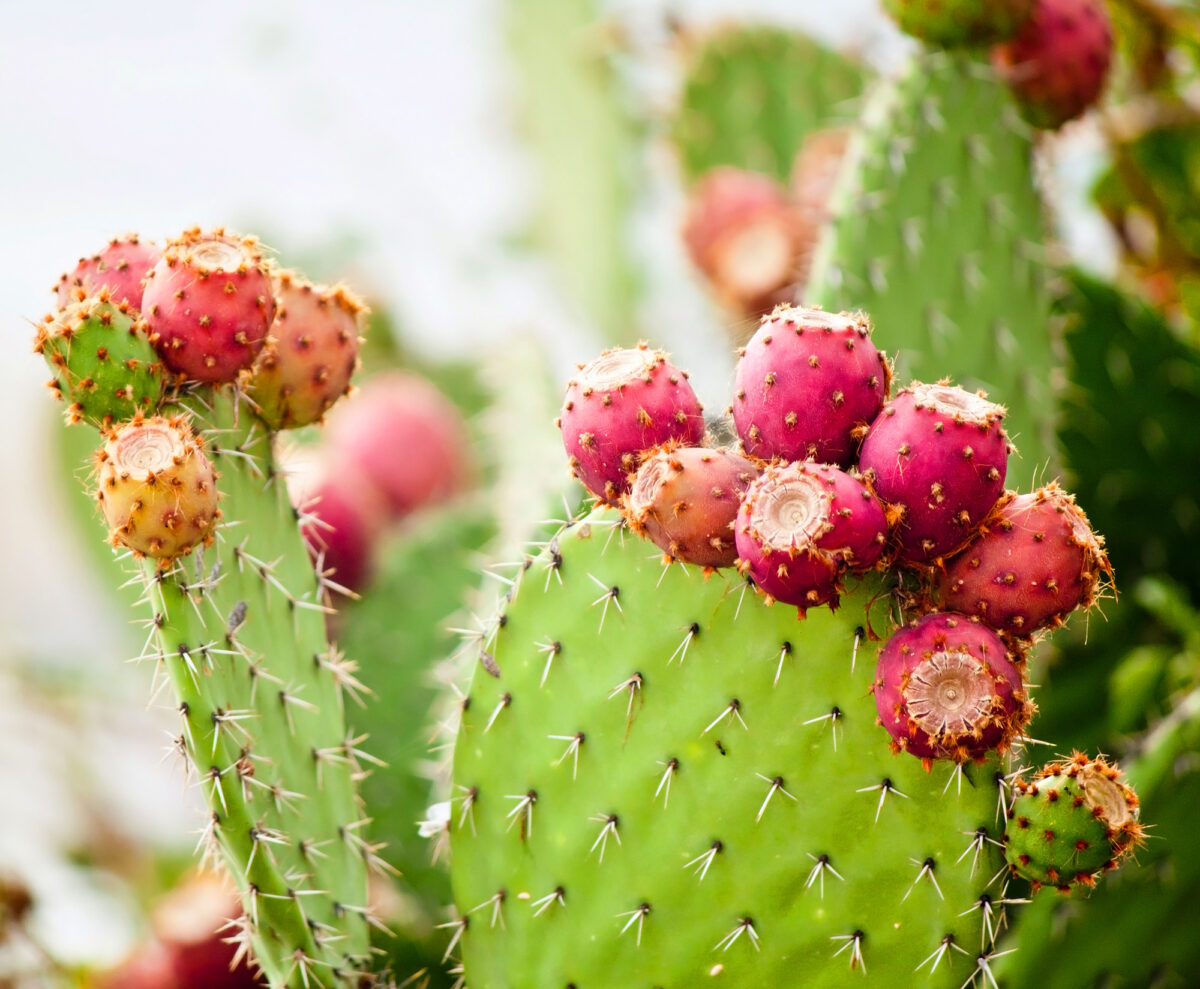Published by Jeremy. Last Updated on December 3, 2023.
Disclaimer: Our site uses demographic data, email opt-ins, display advertising, and affiliate links. Please check out our Terms and Conditions. Pricing, operating hours, or menus may have changed since our initial visit and may not be reflected in subsequent updates. Please confirm these directly with any business or attraction prior to visiting.
Being located in Zones 6 to 7a, Pittsburgh has an interesting climate.
The warm, often humid climate in the summer presents great growing conditions for numerous plants, but the cold winters with periodic deep freezes can be quite challenging for non-cold hardy plants to make it through.
So, while you may be used to growing common fruits like apples, berries, peaches, and more, there are actually a ton of fruits that could grow in Pittsburgh that you may not know about.
In this one, we thought we'd share some of the more unique fruits we've found that can thrive in our climate, plus give some tips we've found from our own trees for special considerations to keep in mind (when applicable).
Notes: We presently are growing (or plan on growing) most all of the fruits listed in this article. However, all of our plants are still young and not quite producing just yet. As such, first-hand maintenance information may be limited until our plants grow more. Likewise, only specific varieties of any given species may grow in our area (e.g. brown turkey figs and not mission figs). This will be a recurring theme, but always check growing zone ratings before purchasing any plants- especially if you want to plant them outside permanently.
Pawpaws
Pawpaws are a fascinating fruit in this list because they are indigenous to the region, and perhaps even more so for its flavor in texture. Think of flavors like banana and mango but with the texture of custard. It is weird, yes, but oddly delicious.
But for a fruit that is native, it is one you don't see that often.
Part of this is because it isn't really widely cultivated. In most cases, it is foraged from local parks and those who have a tree tend to keep it a closely guarded secret. The other part is that the season is incredibly short- just a few weeks at most.
So while this one popup in area farmer's markets, stores, and restaurant menus from time to time, you have to be incredibly lucky (or on the lookout) to find them. Naturally, growing your own is a great option for those who want to cultivate native fruit!
Before growing pawpaws, there are a few things you should know.
First, pawpaws are typically not self-fertile and require two trees to bear fruit. Some resources suggest these must be “genetically unique” trees as well. As such, you will need at least two trees planted near each other and likely of two separate origins for the best success.
Second, the growing season and the shelf life of pawpaws are quite short. Even when trying to find these fruits in season at area stores and markets, it is a blink-and-you'll-miss-it fruit. So you'll want to make sure you are on top of things when they inevitably fruit (which could be from 3-10 years depending on how they were grown!).
To order pawpaw trees, click here.
Persimmons
Persimmons are another unusual tree that you can find to be grown in Pittsburgh, but is another one that you don't really see the fruit of too often.
This one is said to be a mix between an apricot and an apple, with strong fruit notes and undertones of honey. Although generally mild, sweetness in these can vary considerably based on how ripe they are.
Before growing persimmons, there are a few things you should know.
First, you should make sure you are looking at hardy varieties for planting. American persimmon trees are tolerant to Zone 5 and should generally thrive in our area.
Second, persimmons are said to be self-fertile (for most species, at least), so the odds are good you will only need one tree. That said, be sure to double-check before purchasing!
To order persimmon trees, click here.
Maypops
What is a maypop, you may ask? Well, the scientific name Passiflora incarnata is a bit more of a giveaway- this one is a North American passionfruit!
Much like pawpaws above, maypops are another fruit that is native to the US that you simply do not see that much of. While these can grow quite well in Pittsburgh, they are often a bit more abundant down south, and the fruit does not make its way around area markets too much.
Maypops, in general, look and taste a lot like passionfruit. Some species may have smaller fruits or slightly sweeter flavors compared to passionfruits you may know, but they are incredibly close all the same. So if you have some space for a growing vine and want something different, look into maypops!
Before growing maypops, there are a few things you should know.
First, maypops are vigorous growers and are essentially a vine. Proper trellising is advised to allow the vines to grow vertically and spread. They can fruit within the first season, but depending on how late you plant it is likely you won't have any ripe fruit until year two.
Second, although maypops are hardy to Zone 5, typically, you may have dieback to the roots in winter. Thankfully, these tend to grow incredibly fast! But with anything this close in zone rating, reconfirm for your local area before purchasing.
To order maypop vines, click here.
Cold Hardy Kiwi
Did you know that we can grow kiwi fruit in Pittsburgh? We were quite surprised to learn this one!
But, much like others on this list, the species matters- only a few kinds of kiwis are cold-tolerant to the zones in the area. These tend to be smooth-skinned varieties and can be hardy to well below 0 ºF.
A prolific producer and a fruit we absolutely love? We're in!
Before growing kiwi vines, there are a few things you should know.
First, kiwis are not self-fertile, so you'll need one male plant and one female plant to start. One male can also help pollinate a handful of female vines nearby (some sources say up to eight females per every one male); however, finding female kiwi plants rated for our zones can be incredibly challenging. Males are abundant, but females are almost always out of stock.
Second, not all varieties of kiwi plants are hardy to zone 6. Varieties like Ogden Point and Anna Hardy typically are, but many are not. So be careful before you buy, and, as always, reconfirm zone ratings before purchase.
To order kiwi vines, click here.
Figs
Is there any better fruit than a nice, ripe fig? You may argue with us here, but it is one of our favorites.
Naturally, when we discovered that a limited number of fig species could grow in the area, we were hooked and immediately bought one to grow in a container. It died. So we bought another one to grow in a container. It also died. Then we bought another to grow in the ground. It died, but grew back from the roots.
Cut to several years later, and we finally have our fig grove under control and are starting to yield fruit.
The simple truth of figs is that the care you need to do for them in winter is a lot of work. We'll touch on this one in our growing tips section more, but if you want to grow figs (of any kind), just be prepared for a bit of a process each November/December.
Before growing figs, there are a few things you should know.
First, much like kiwi, not all fig trees are hardy to zone 6. Varieties like Chicago Hardy and Brown Turkey typically can grow in Zone 6, but many do not- so be careful before you buy. Other more elaborate figs, particularly any white figs, may be right on the edge and can be lost completely over a particularly cold winter (we have experienced this one, too).
Second, even though varieties like these are cold-hardy, most conventional wisdom suggests they prefer Zone 7 and above and could struggle a bit in our zones. As such, wrapping your figs with burlap and tarp over winter (or even bury them!) is recommended to protect them from the harshest weather and prevent dieback to the roots. This can be a time-consuming process in late fall, but it is worth it to overwinter your figs successfully!
To order fig trees, click here.
Prickly Pear Cactus
When we think of cacti, our first thought often goes to the desert. In fact, we didn't even consider whether or not prickly pear would grow in Pittsburgh until after seeing how plentiful they were out west. Yes, we've seen some cacti in yards here or there, but we never quite stopped to think if they were the fruiting kind.
Naturally, a bit of sleuthing turned up that you can indeed grow prickly pear cacti in our area insofar as, you guessed it, you get a hardy species.
Not only are cacti just cool to look at, but the fruit of prickly pear is surprisingly delicious- especially in infusions of sauces and drinks. The flavor is a bit like melon, kiwi, and a bubblegum sweetness and is, well, a bit different from anything we're used to in the area!
Throw on the fact that cacti are incredibly easy to propagate and you will have a cactus grove in no time.
Before growing a prickly pear cactus, there are a few things you should know.
First, most cacti species are not tolerant down to Zone 6. Only select species, like some Opuntia species, are labeled as cold hardy, typically down to Zone 4. So, much like other plants on this list, be sure to buy the correct species for our area and check the zone range compared to your own.
Second, in being part of the cacti family, most prickly pear cacti thrive in free draining soil conditions. This may present a bit of a challenge for local growers with our periodic high rains, but some species appear very adaptable.
Third, the fruit of the prickly pear cactus has tiny needles on them, much like the cactus itself. Fruit must be handled with thick gloves and the small fibers removed with a flame from a culinary torch. Likewise, prickly pear fruit is also thought to have a laxative effect, so do not eat too many, and those with some medical conditions may want to stay away.
At this time we do not have a great source for purchasing these; however, once we acquire some ourselves we will update accordingly.
Pittsburgh is Great for Container Gardening
One of the things about Pittsburgh's climate that we love is that summers are suited for growing just about everything. Winters? Well, as we stated in the intro to this one, not so much.
As such, Pittsburgh is a great place to grow plants rated for warmer zones in a container- insofar as you have a bright, south-facing window to put them in during winter (or supplement with grow lights) and aren't against some hand pollination too!
So if you're looking to grow a plant rated for Zones 7, 8, 9, or above, start looking into recommendations of whether or not others have successfully grown them in Pittsburgh in containers. Often, you'll also find several tips to help keep your plant alive indoors, too- a win-win!
We, personally, are growing key limes, Meyer lemons, blood oranges, kumquats, lychee, dragonfruit, and more in containers and bring them inside as temperatures dip below 60 °F during the day (and try to avoid any extreme temperature shock below 40 °F at night for most). It is not the most ideal situation, but we are also thankful to have south and west-facing windows that let in a ton of light and turn our bedroom into a defacto greenhouse in the winter months all the same.
Will they fruit? We don't know. But we are going to try!
So while growing these plants are risky, it is also not impossible for those in select circumstances and with a never-give-up persistence like we have with ours.
Do you grow a unique fruit in Pittsburgh? What kind of gardening tips do you do to make it work? Comment below to share!
